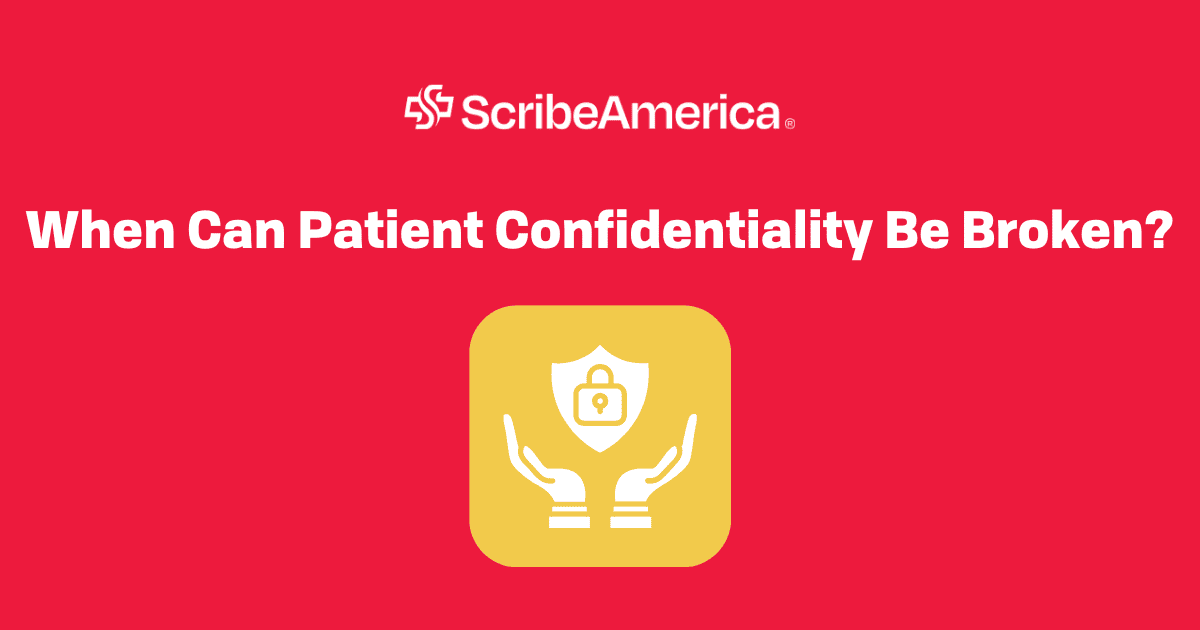Key points:
- Real-time Documentation and Observation: Medical scribes accompany physicians during patient visits (in person or virtually), documenting everything from symptoms to treatment plans with accuracy and speed—without participating in the clinical interaction.
- Dynamic and Educational Environment: The workday can vary greatly, from routine checkups to critical emergencies. Scribes gain valuable insight into medical workflows, terminology, and decision-making, making it a powerful learning experience for future healthcare professionals.
- Challenging but Rewarding Role: The job requires focus, quick typing, and a strong grasp of medical language. While demanding, it offers the unique reward of contributing to patient care and learning directly from physicians in real-world settings.
Curious about what it’s really like to be a medical scribe? It’s a role that blends clinical observation with documentation, offering a unique front-row seat to patient care. Understanding the tasks and responsibilities of medical scribes reveals not only the demands of the job, but also why it’s become such a popular path for pre-med and healthcare-focused students. So, what does a day in the life of a medical scribe look like?
Starting the shift
A typical day in the life of a medical scribe starts with reviewing the physician’s schedule. Scribes are often paired with one provider for the day, though in fast-paced environments like emergency departments, they may follow a few physicians over a shift.
Once the first patient is called in, the scribe follows the physician into the exam room (or joins virtually) and begins charting in real time. This includes documenting the patient’s reason for visit, symptoms, history, physical exam findings, and any orders or treatment plans discussed. Every word matters, so accuracy and speed are crucial.
Scribes don’t speak during the visit unless asked, and they never provide medical advice. Their focus is capturing the encounter clearly and thoroughly while staying out of the way.
Adapting to the flow
You should know that no two days working as a scribe are exactly alike. That’s one of the most interesting parts of the job. A day in the life of a medical scribe might involve back-to-back routine checkups, or it could mean watching a physician manage critical, life-threatening emergencies. The pace changes constantly, especially in urgent care or ER settings, where the number and type of cases can shift by the hour.
Between patients, scribes complete notes, clarify details with the physician if needed, and prepare for the next encounter. Good scribes learn to anticipate what information their doctor will want in a chart – no matter if we’re talking about test results, medication histories, or relevant past procedures.
Staying organized is key. So is staying alert. Scribes need to constantly absorb medical language, workflows, and decision-making processes. Over time, they learn how physicians think – and that’s part of what makes the experience so valuable, especially for those planning careers in medicine.

Real-time learning
A day in the life of a medical scribe isn’t just about typing. It’s about watching diagnoses unfold, understanding how doctors communicate with patients, and learning what medicine looks like in real life.
Many scribes say their clinical knowledge grows every day thanks to real conversations and real outcomes. They get to see how doctors handle uncertainty, deliver tough news, and make fast, informed decisions. It’s a learning experience that simply can’t be replicated in a classroom.
Challenges and rewards
The job isn’t easy. Scribes are expected to type quickly, think critically, and understand complex medical terms. The hours can be long, especially in hospitals. And staying focused for an entire shift definitely takes discipline.
But the rewards are equally real. By the end of a shift, scribes often know they’ve contributed meaningfully to the care process. Plus, many doctors regularly express how much easier their day is with a scribe by their side, which is really motivating.
Curious if doctors truly appreciate medical scribes? Read our article!
The takeaway
A day in the life of a medical scribe is fast-paced, challenging, and deeply educational. It’s not just about taking notes – it’s about being embedded in the heart of patient care, observing clinical decisions up close, and gaining hands-on experience in a professional healthcare setting.
If you’re thinking about starting a career in medicine or healthcare, becoming a medical scribe could be one of the best first steps. So, explore our open roles to see where your own day could begin!




